You can’t expect negotiations with the French to be like negotiations with Americans, and the same holds for every culture worldwide.
British linguist Richard D. Lewis charted communication patterns, leadership styles, and cultural identities in his book, “When Cultures Collide,” which is now in a third edition. His organization offers classes in cross-cultural communication for clients like Unilever and BMW. (H/T)
Although cultural generalizations can be overly reductive, Lewis insists it can be done reasonably who speak ten languages. “Determining national characteristics is a minefield of inaccurate assessment and surprising exceptions. There is, however, such a thing as a national norm,” he writes.
Scroll down to see Lewis’ insights on negotiating with people worldwide.
Americans lay their cards on the table and resolve disagreements quickly, with one or both sides making concessions.
Canadians are inclined to seek harmony but are similar to Americans in their directness.
People in the UK tend to avoid confrontation in an understated, mannered, and humorous style that can be either powerful or inefficient.
Germans rely on logic but “tend to amass more evidence and labor their points than the British or the French.”
When meeting with the French, be prepared for a vigorous, logical debate.
Italians “regard their languages as instruments of eloquence” and take a verbose, flexible negotiation approach.
Like Italians, Spaniards will “pull out every stop if necessary to achieve greater expressiveness.”
Among the Nordic countries, Swedes often have the most wide-ranging discussions.
Finns tend to value concision.
Most Norwegians fall somewhere in between Swedes and Finns.
The Swiss tend to be straightforward, nonaggressive negotiators. They obtain concessions by expressing confidence in the quality and value of their goods and services.
Hungarians value eloquence over logic and are unafraid to talk over each other.
Bulgarians may take a circuitous approach to negotiations before seeking a mutually beneficial resolution, which will often get screwed up by bureaucracy.
Poles often have a communication style that is “enigmatic, ranging from a matter-of-fact pragmatic style to a wordy, sentimental, romantic approach to any given subject.”
The Dutch are focused on facts and figures but “are also great talkers and rarely make final decisions without a long ‘Dutch’ debate, sometimes approaching the danger zone of over-analysis.”
The Chinese tend to be more direct than the Japanese and some other East Asians. However, meetings are principally for information gathering, with accurate decisions made elsewhere.
People in Hong Kong negotiate much more briskly to achieve quick results.
Indian English “excels in ambiguity, and such things as truth and appearances are often subject to negotiation.”
Australians tend to have a loose and frank conversational style.
Singaporeans generally take time to build a relationship, after which they can be shrewd negotiators.
Koreans tend to be energetic conversationalists who seek to close deals quickly, occasionally stretching the truth.
Indonesians tend to be deferential conversationalists, sometimes to the point of ambiguity.
Israelis tend to proceed logically on most issues but emotionally on some.
Like what you’re reading? Subscribe to our top stories.



































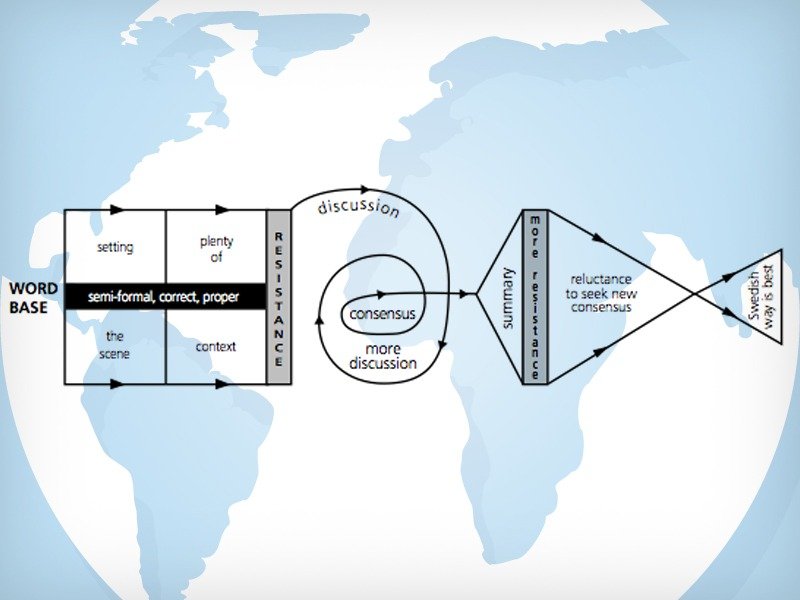

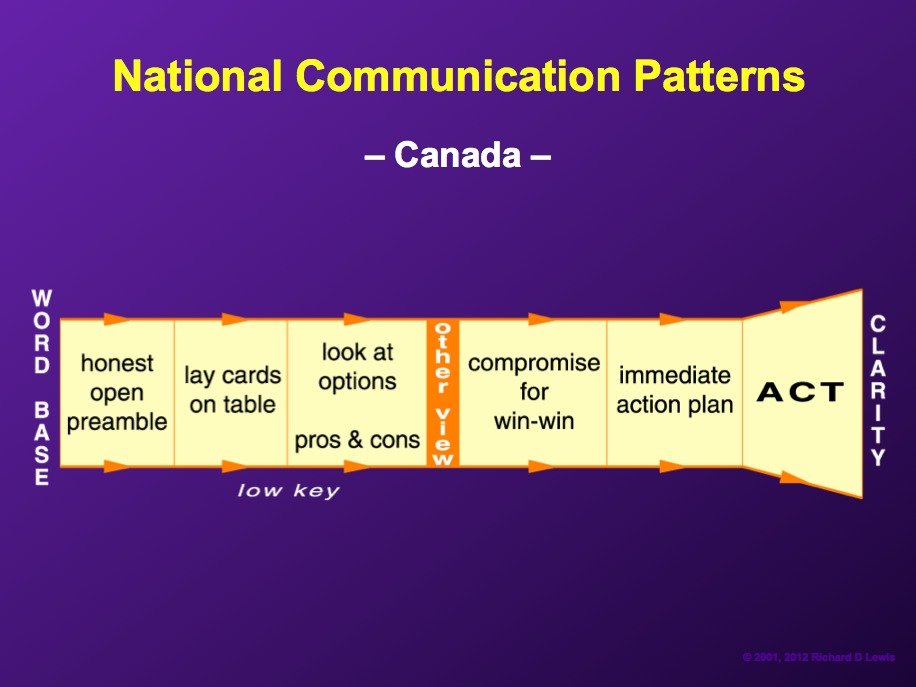
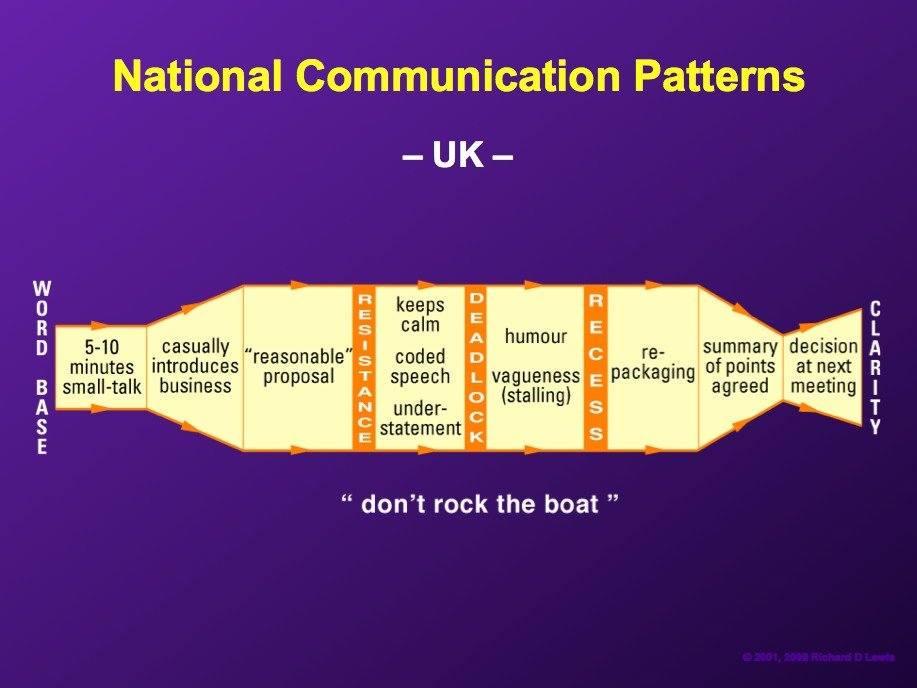


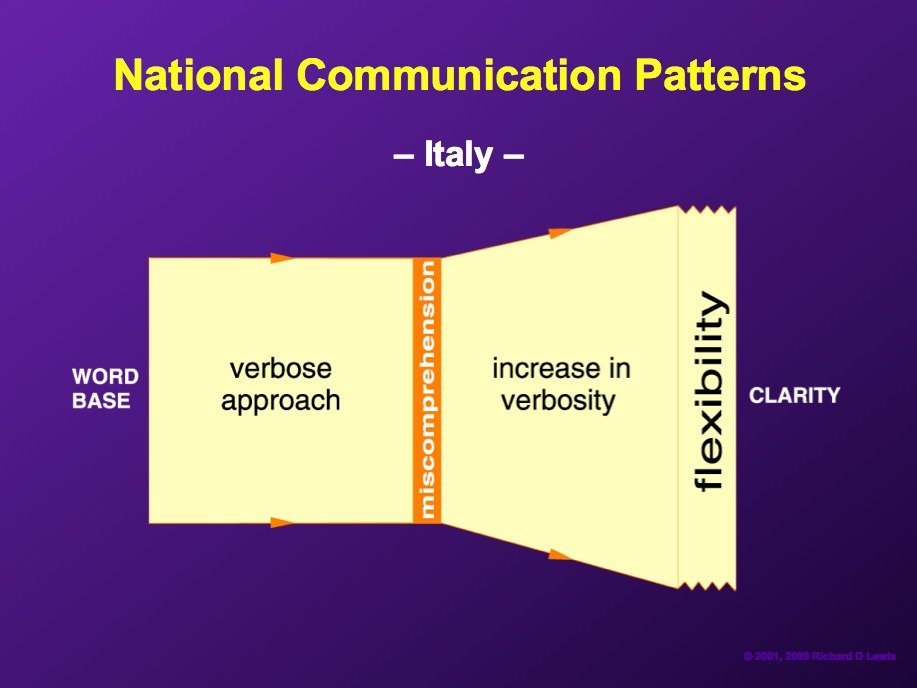
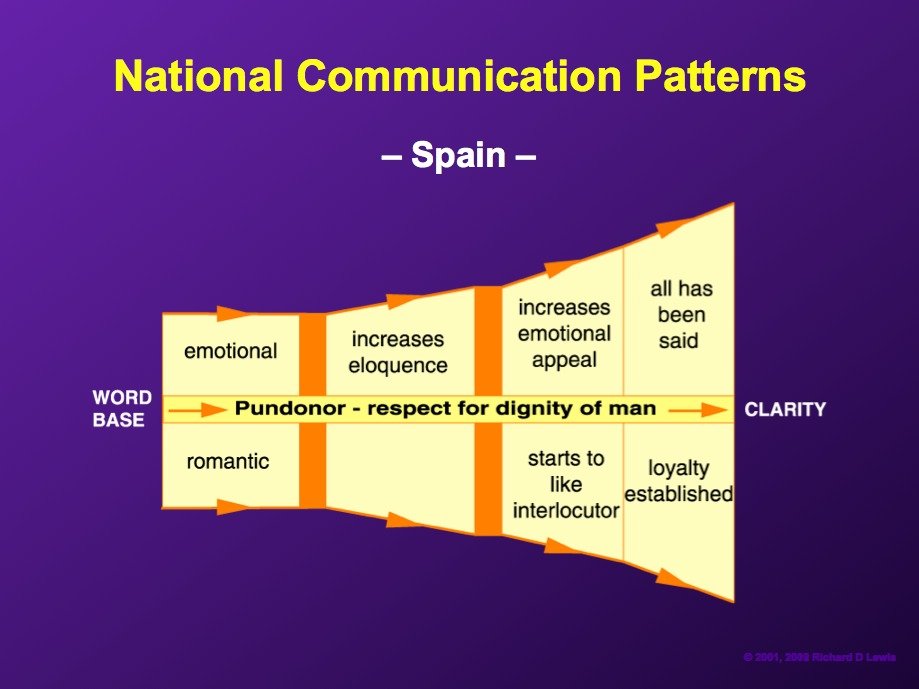
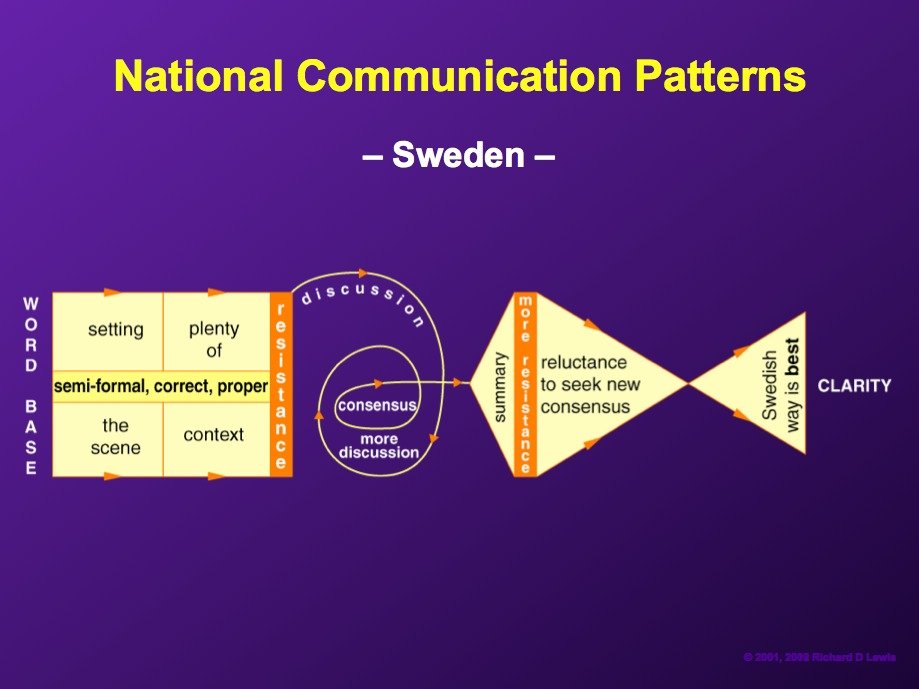
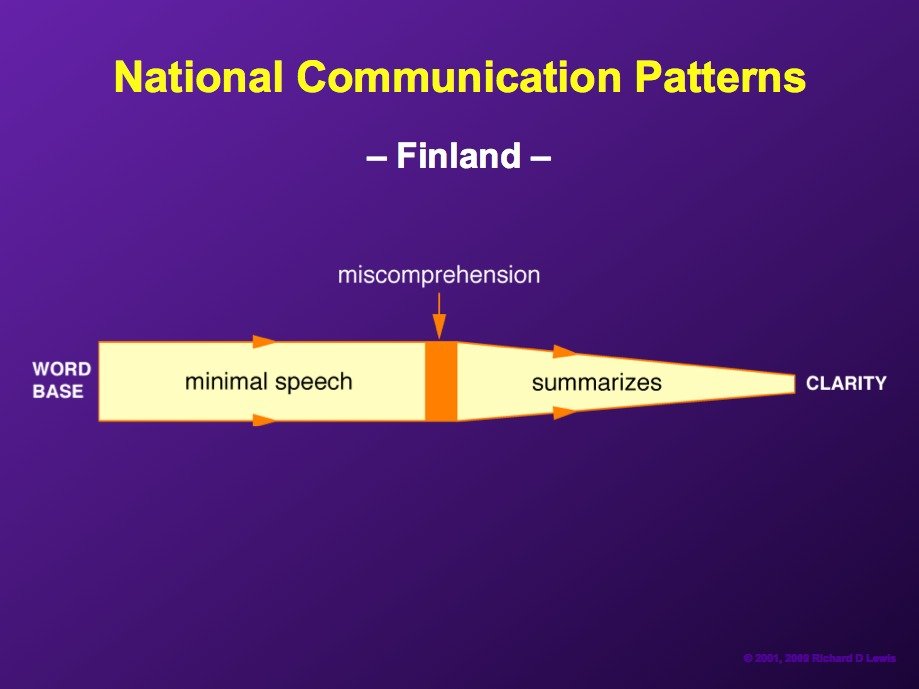
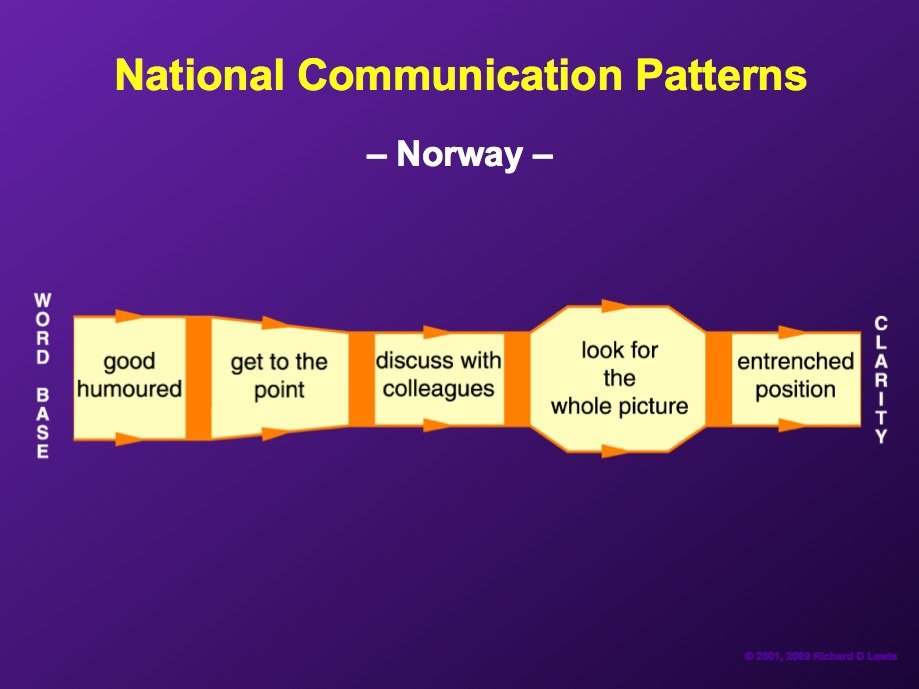
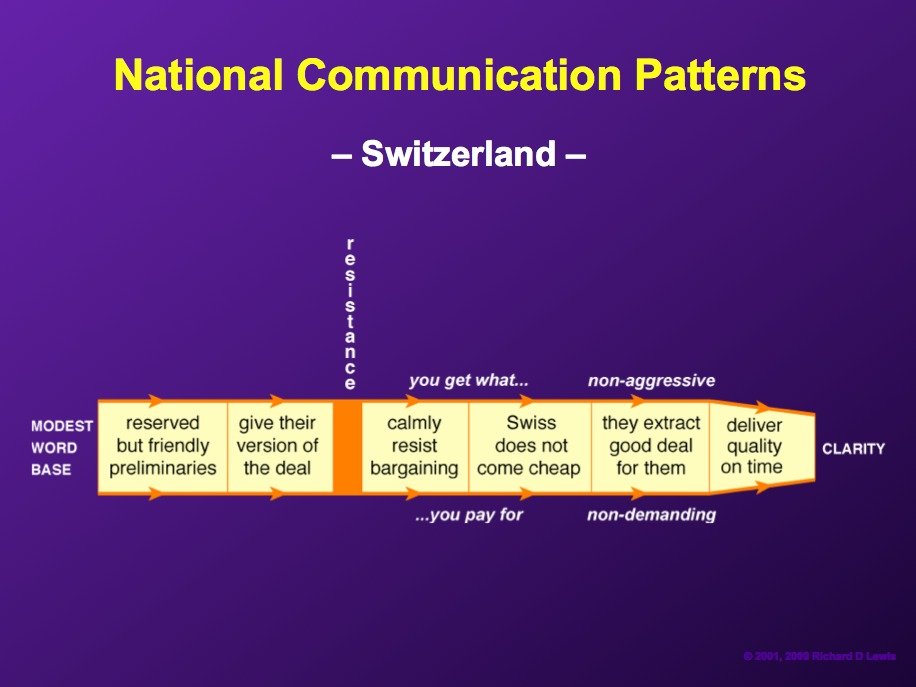
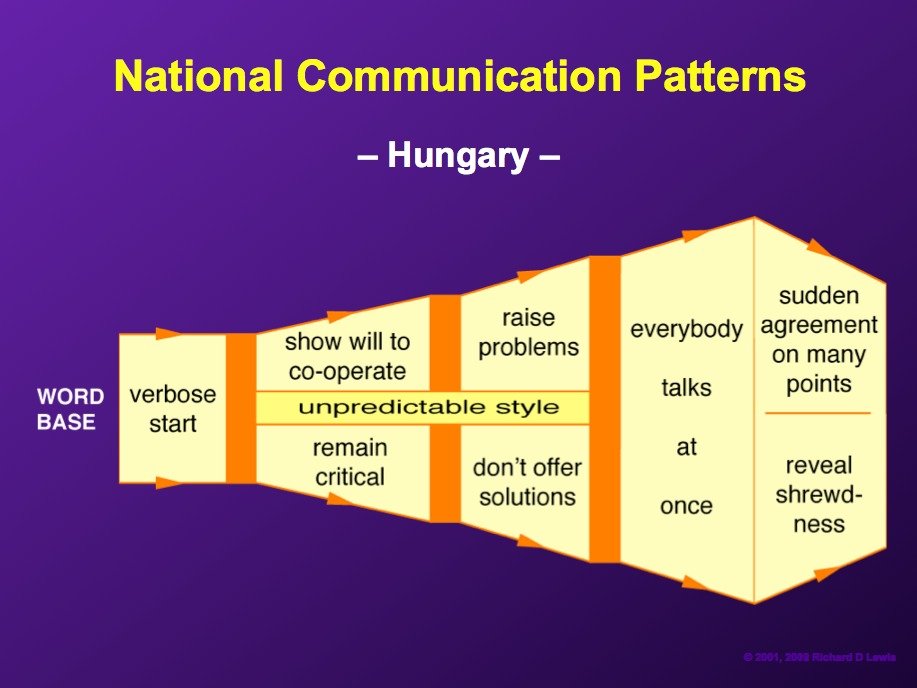
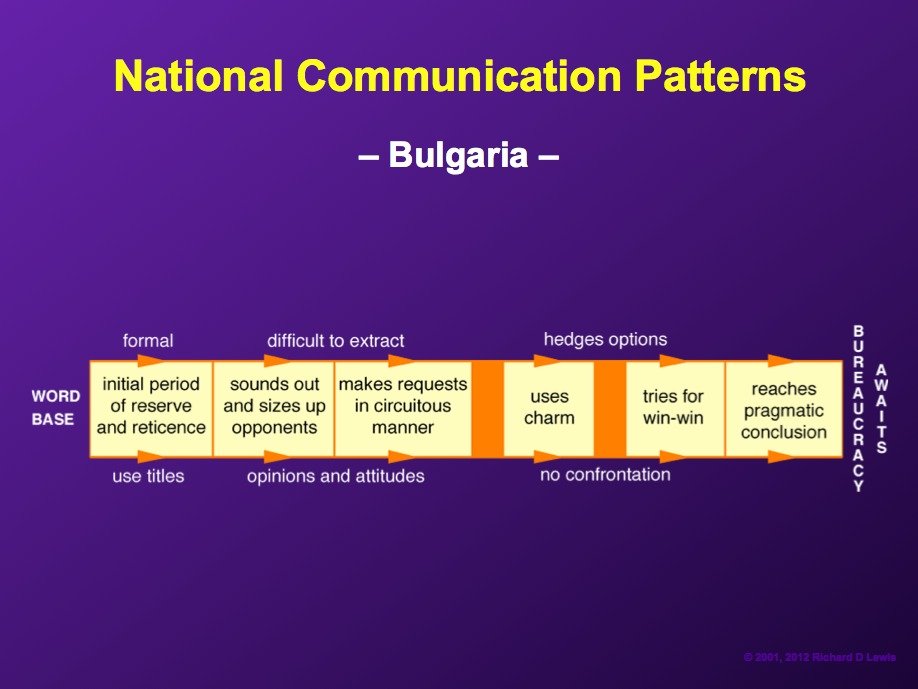
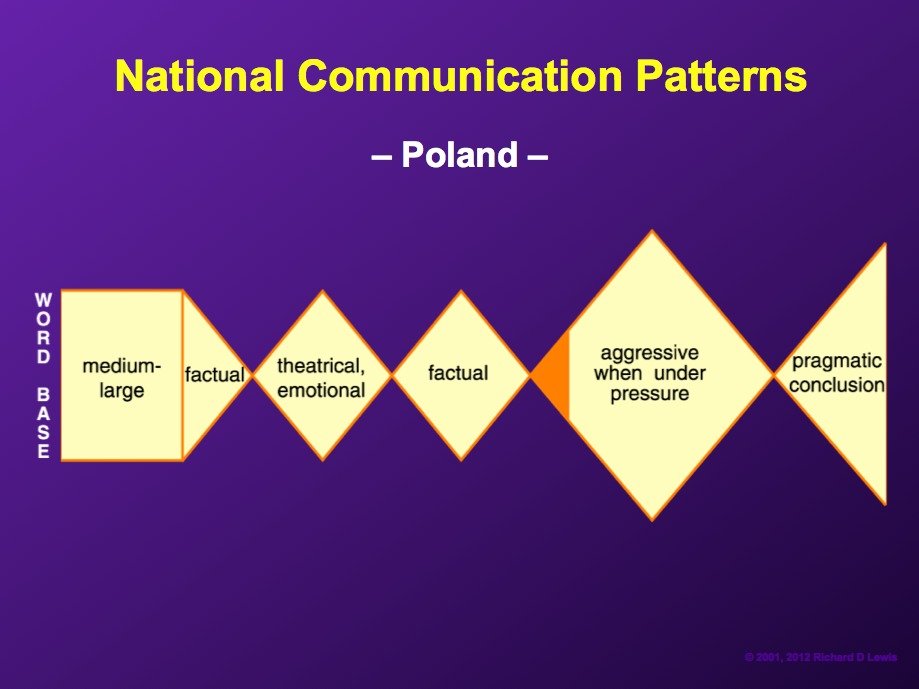
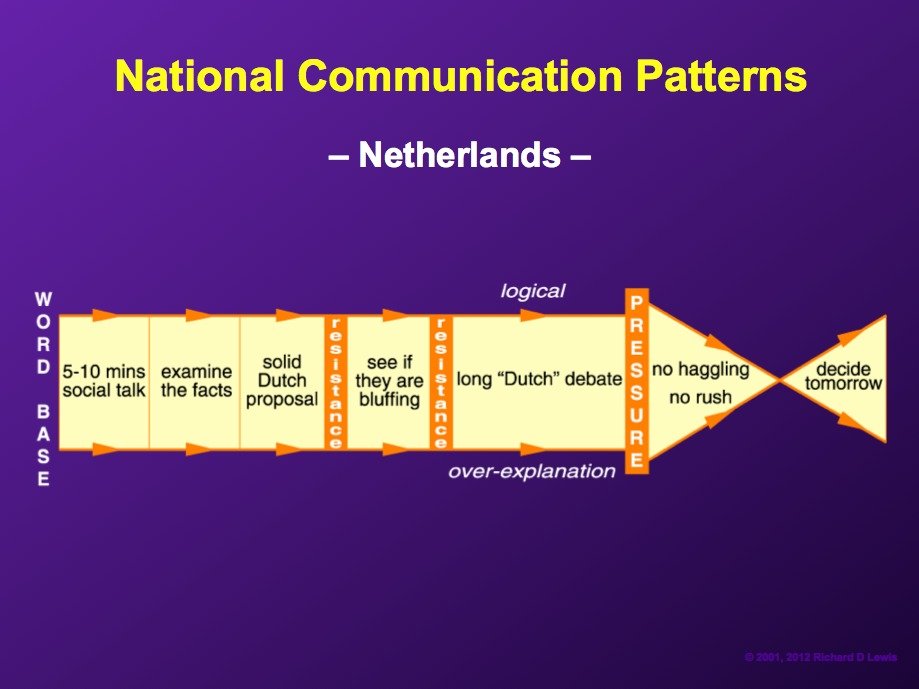
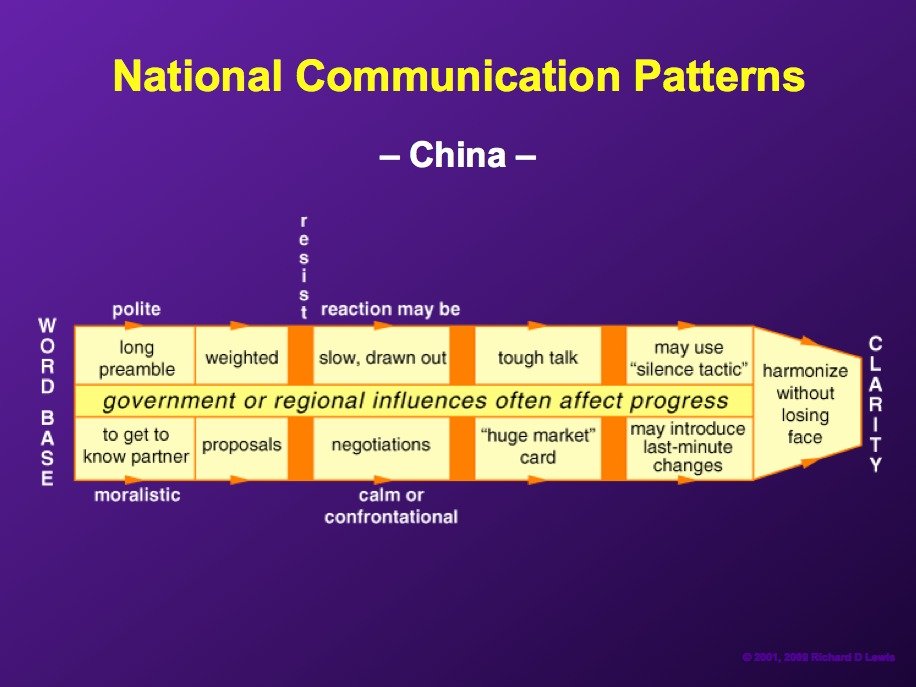
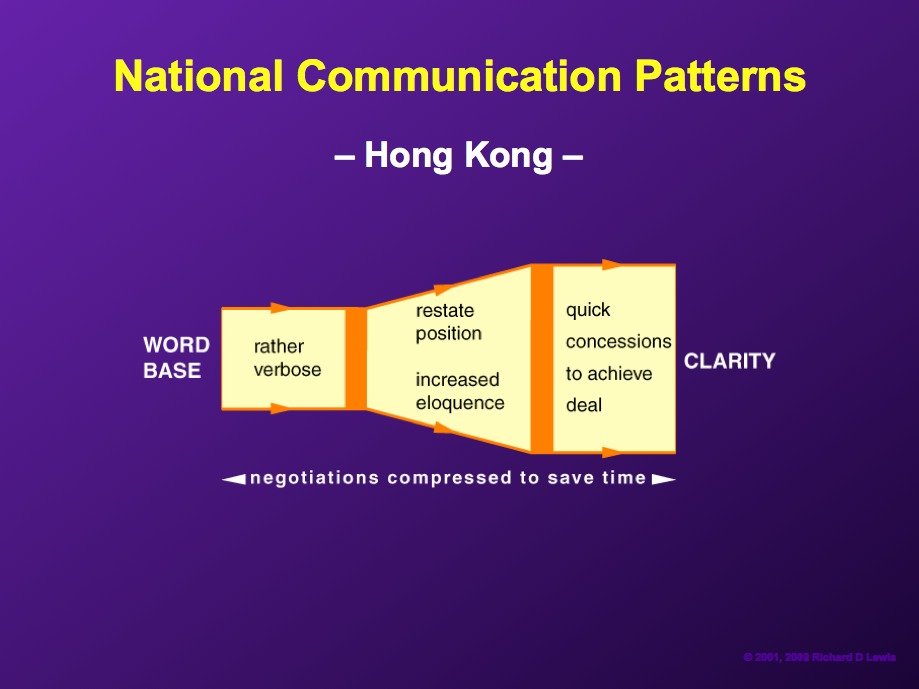
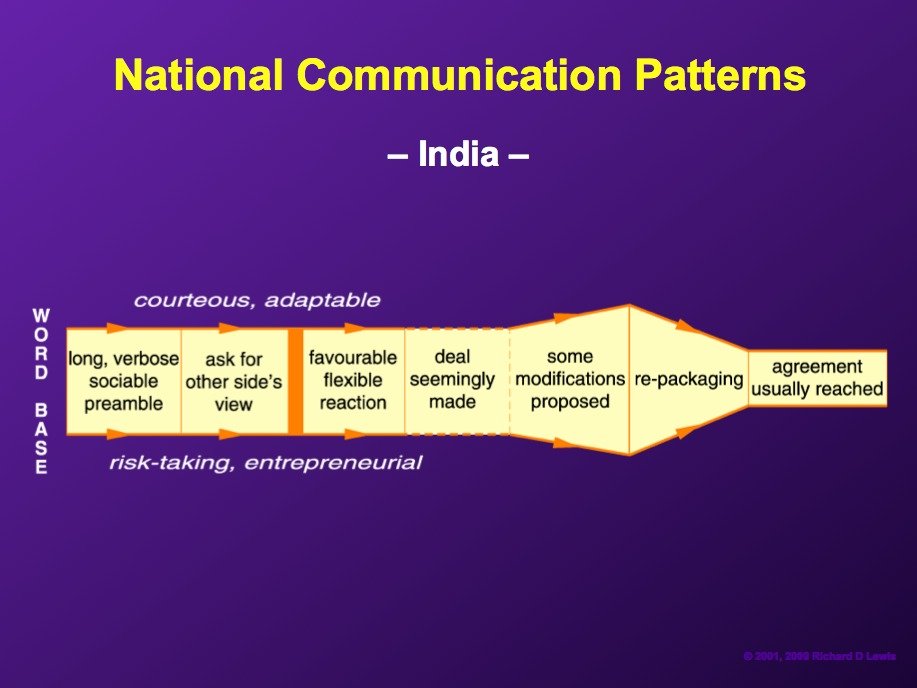
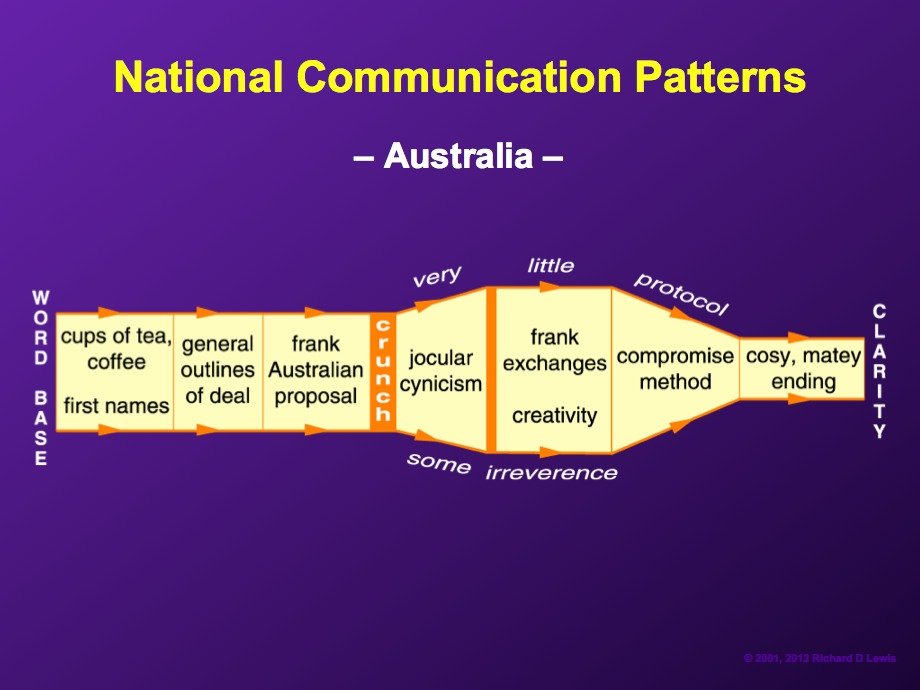

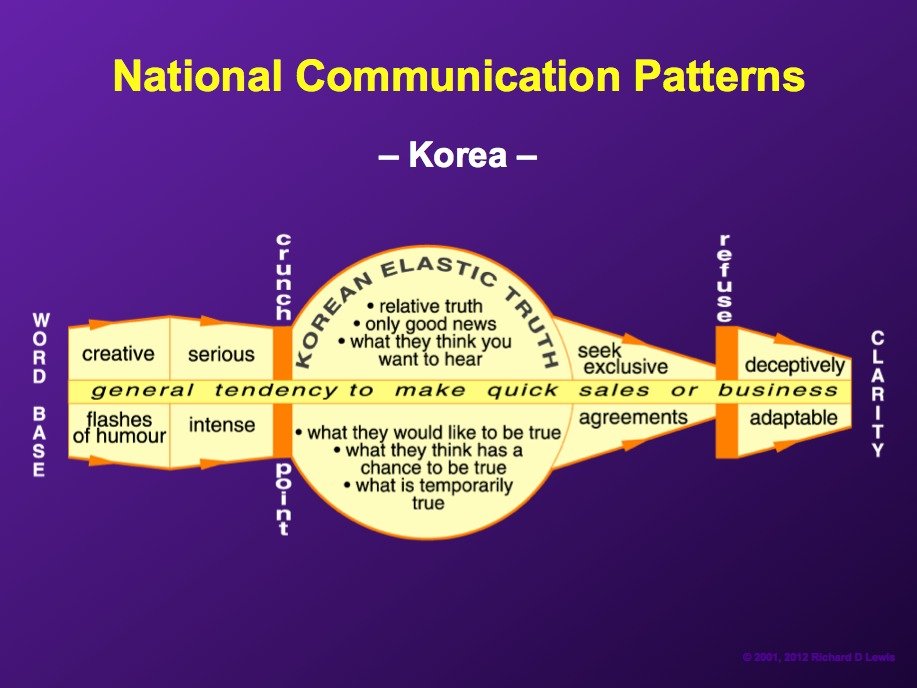
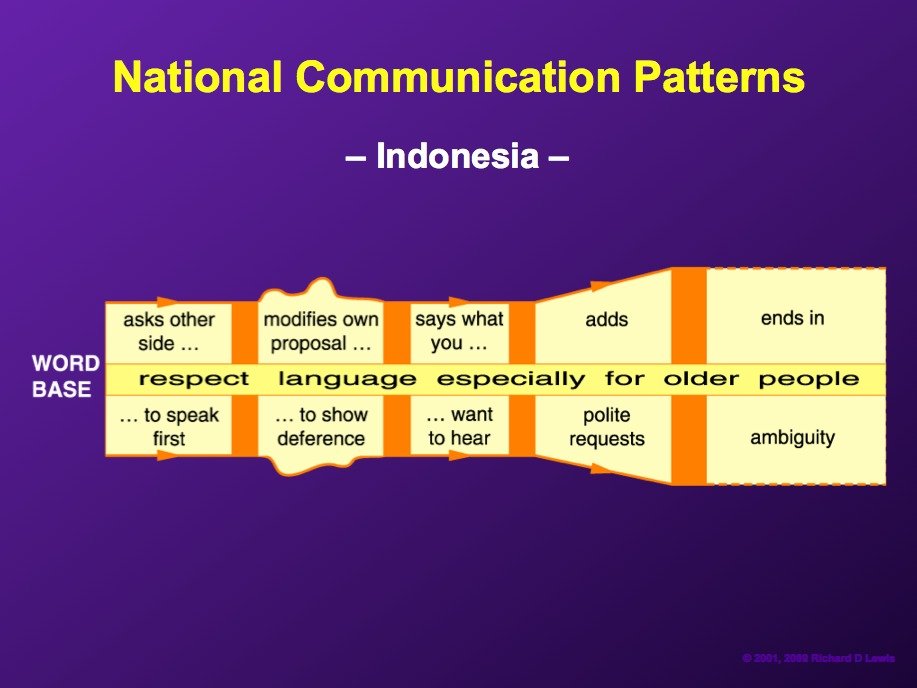
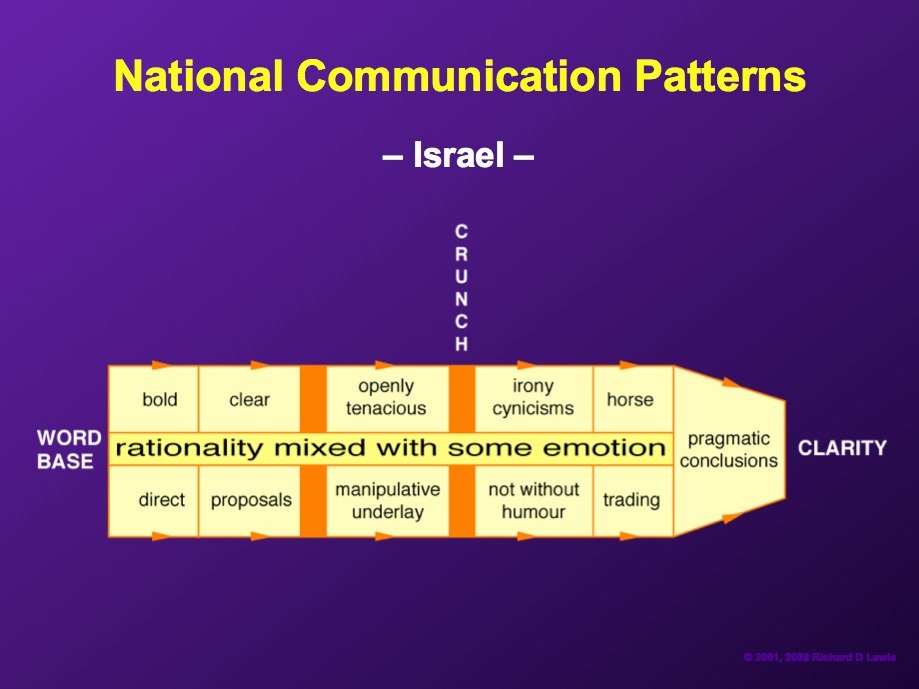








Discussion about this post